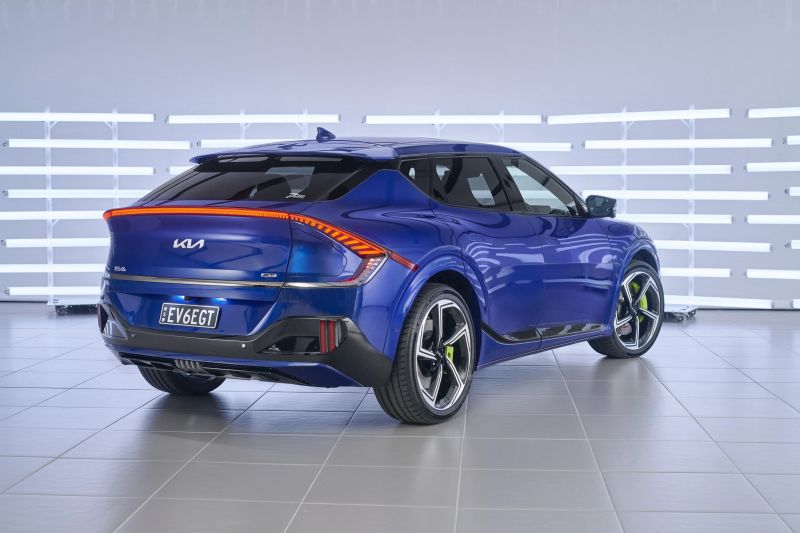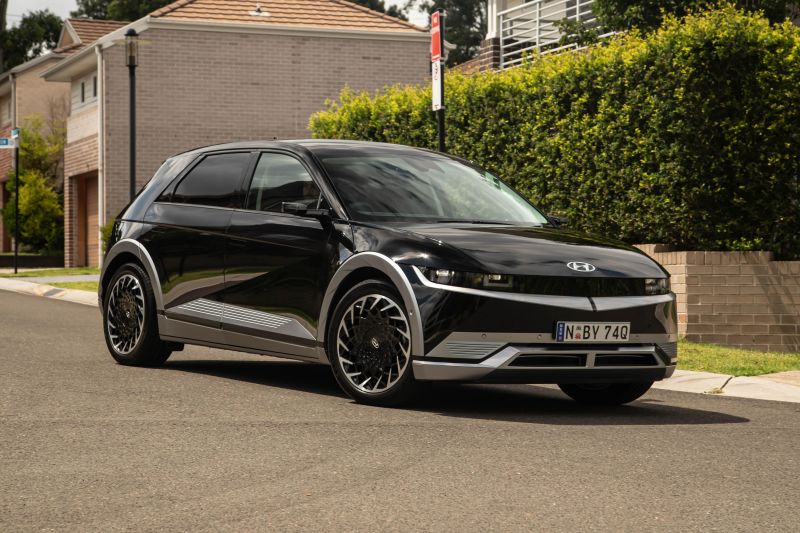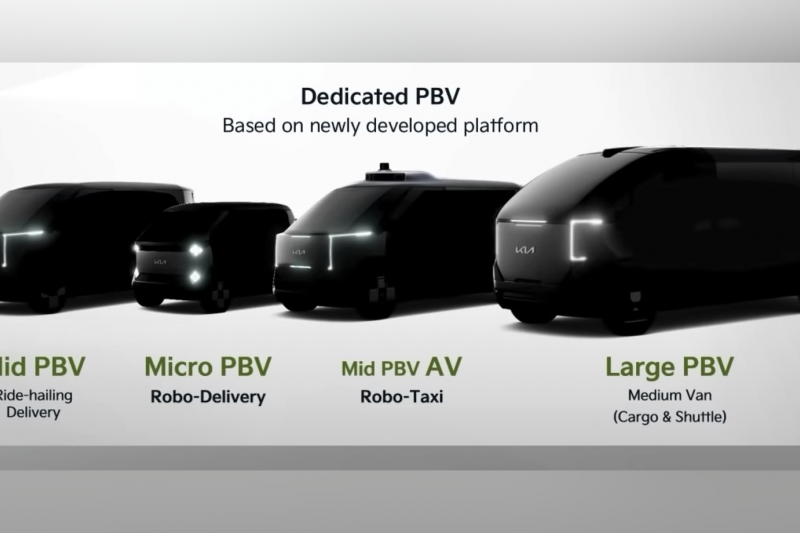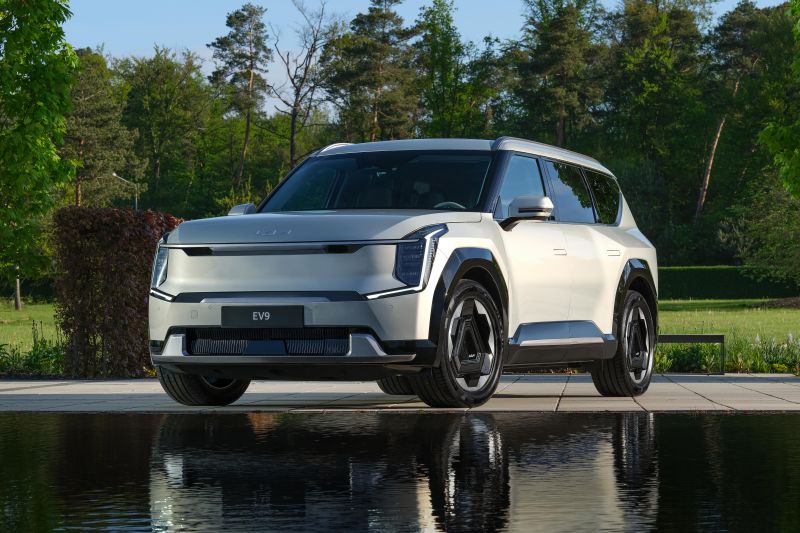Hyundai and Kia have announced plans to reshuffle their research and development (R&D) organisation to be as agile and flexible as a startup.
The car companies, which are part of Hyundai Motor Group, are working to advance the transition to electrification and accelerate the development of its software-defined vehicles (SDVs).
The company has previous said its vehicles, including internal-combustion vehicles, will be software-defined by 2025 – an example of which includes but isn’t limited to cars that can receive over-the-air (OTA) updates that change more than just infotainment.
The Ioniq 6 is the first Hyundai model to offer OTA software updates for its electric powertrain, autonomous driving systems, and battery, among others.
Before this, OTA software updates in Hyundai, Kia and Genesis models were limited exclusively to satellite navigation maps and media software.
Hyundai Motor Group has grouped R&D areas directly related to vehicle development to “enhance new vehicle development and secure quality in mass production”. The companies also separated technology teams within the existing research and development division into a standalone tech unit.
The Total Vehicle Development (TVD) division is being reorganised into vehicle classes to streamline new Hyundai, Kia and Genesis vehicle development, as well as advancing electrification.
The Vehicle Software Tech unit will focus on SDV development, including areas such as electronics, infotainment, autonomous driving, and vehicle control capabilities.
The Mobility Engineering and Tech Acceleration (META) unit will also lead the development of next-generation products, and the platform technologies that will underpin them.
Hyundai Motor Group will introduce vehicles from 2025 based on two new electric car platforms called eM and eS.
These two platforms will be derivatives of the Hyundai Motor Group’s Integrated Modular Architecture (IMA), an evolution of the current electric global modular platform (e-GMP).
The eM platform is being developed for EVs “across all segments” and is claimed to provide a 50 per cent improvement in driving range on a single charge compared to current electric cars.
The eM platform is also being developed to support Level 3 or higher autonomous driving technology.
The eS platform on the other hand will be developed as a scalable skateboard platform for purpose-built vehicles (PBVs).
Kia recently detailed its upcoming range of PBVs based on this eS architecture, which will be built in a dedicated factory in South Korea. These PBVs will provide solutions for companies operating in delivery, logistics, and car-hailing sectors.
In addition, Hyundai Motor Group plans to also introduce feature-on-demand (FoD) services this year.
This is claimed to give customers the ability to “select and purchase functions and features that meet their needs and tastes”, and will follow similar services that BMW and Tesla offer.
It’s unclear at this stage what features will be locked behind a paywall.
During this organisation restructure of the R&D division, Hyundai Motor Group executive vice president Yong Wha Kim has been promoted to president and named chief technology officer (CTO).
Mr Kim will oversee the entire R&D organisation, while also taking place of head of the Vehicle Software Tech unit.
In addition, Hyundai Motor Group executive vice president Heui Wong Yang has been named head of the TVD Division.
“The new R&D organisation will be fast and flexible, operating with the agility of a startup, and will enable us to lead in the rapidly changing mobility landscape,” said Mr Kim.
“While the previous organisation was focused on the efficient development of vehicles, the new dynamic structure will meet ongoing changes in global consumer demands and expands the organisation to deliver aligned solutions in future mobility, electrification, software and robotics.”




